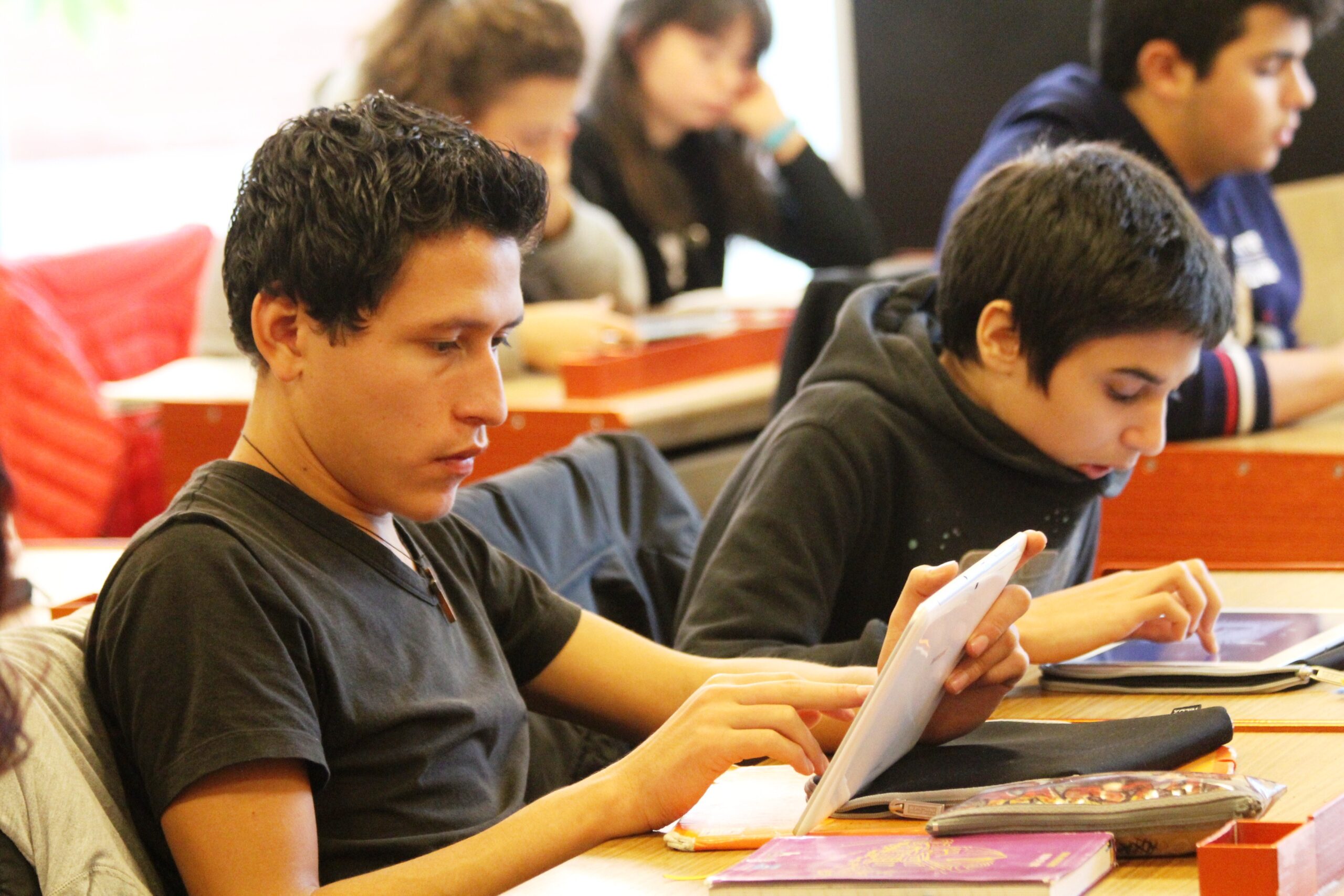Project-based learning involves students designing, developing, and constructing hands-on solutions to a problem. The educational value of Project-based learning is that it aims to build students’ creative capacity to work through difficult or ill-structured problems, commonly in small teams. Typically, Project-based learning takes students through the following phases or steps: Identifying a problem
Agreeing on or devising a solution and potential solution path to the problem (i.e., how to achieve the solution)
Designing and developing a prototype of the solution.
Refining the solution based on feedback from experts, instructors, and/or peers.
Depending on the goals of the instructor, the size and scope of the project can vary greatly. Students may complete the four phases listed above over the course of many weeks, or even several times within a single class period.
Because of its focus on creativity and collaboration, Project-based learning is enhanced when students experience opportunities to work across disciplines, employ technologies to make communication and product realization more efficient, or to design solutions to real-world problems posed by outside organizations or corporations. Projects do not need to be highly complex for students to benefit from Project-based learning techniques. Often times, quick and simple projects are enough to provide students with valuable opportunities to make connections across content and practice.


